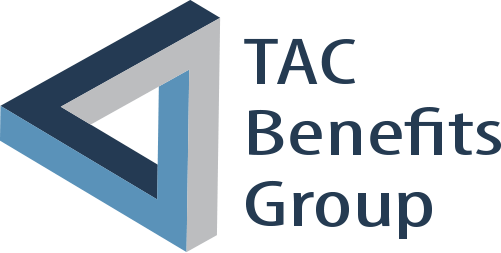Much has been made of the Inflation Reduction Act and how it will affect the cost of healthcare for consumers and businesses. Behind the headlines, there are realities about the timing of those changes, who will be impacted and to what degree. One key takeaway that isn’t getting much attention because it’s not click-worthy: compliance. It’s the very thing that can cost employers tens of thousands of dollars if they aren’t informed, and vigilant.
Here, we’ll break down the Inflation Reduction Act, along with two other important rules for 2023 with key takeaways and action items.
1. Inflation Reduction Act
Much has been reported about the lower prescription prices that are coming thanks to the Inflation Reduction Act. The reality: this will only effect Medicare, not private health plans.
Two other provisions of the Act will have true impact on employers:
- It extends health insurance subsidies for state and federal exchanges for 3 more years.
This means that the ACA isn’t going away anytime soon.
- It directs $80 billion to the IRS with more than half earmarked for enforcement. The agency expects to hire an additional 87,000 agents over the next decade. To put that in perspective, they currently have roughly 80,000 workers.
We believe that the IRS will be coming after small businesses for ACA compliance, and this has serious financial consequences for those caught unaware.
Here’s what you need to know about ACA compliance. Employers with an average of 50 or more full-time equivalent employees (FTEs) must offer, and report, that affordable coverage is being offered to 95% of them. There are three penalties associated with this.
Three penalties
- Penalty A – This deals with making you are offering coverage to the correct percentage of employees – 95%. The penalty for failing to do so is called Penalty A and it has increased to $2,880 per employee in 2013. The penalty takes effect after employee number 30. So for example in a 100-person company, you could be looking at Penalty A of $201,600.
- Penalty B – Affordability is at the heart of this penalty. This means you cannot charge employees more than a certain percentage of their annual income for health insurance. Here’s the challenge: the affordability percentage changes every year. For 2021 it was 9.83%, for 2022 it was 9.6% and for 2023 it is 9.13%.
In this case, if an employee purchases insurance on the open market, the penalty has increased to $4,320 for each employee receiving a subsidy on the open market.
Make sure your payroll system takes these changes into account.
- Reporting penalties – Missing deadlines, failing to provide the correct forms, or making mistakes have serious financial ramifications. The penalty is up to $560 per form.
2. Medicare Part D Eligible Employee Notices
Employers with group health plans that provide prescription drug coverage must notify Medicare Part D eligible individuals whether their drug coverage is “creditable coverage,” which means that it is at least as generous as Medicare Part D prescription drug coverage.
Plan sponsors are also required to disclose to CMS whether their prescription drug coverage is creditable. This disclosure must be made within 60 days of the start of each plan year.
Employers should confirm whether their drug coverage is creditable, file your prescription coverage with Center for Medicare Services (CMS) and send notices to employees and COBRA recipients by October 15th of the year.
3. Family and Medical Leave Act (FMLA)
While this law has been on the books for almost 30 years, COVID-19 put it in the limelight. This one is particularly complicated especially when it comes to eligible employees.
In a nutshell, FMLA applies to employers with 50 or more employees in 20 or more workweeks in the current or previous calendar year. Eligible employees are those with 12 Workweeks in any 12-month period. There are other nuances like an employee whose name appears on payroll records—whether or not they received compensation—gets counted.
It is essential for businesses to apply FMLA correctly to those on your health plan to assure continuity of coverage.
In 2023, the IRS is prepared to act quickly to assess and collect penalties for each compliance issue. There is a lot of money at stake.
With crackdowns looming, employers must be vigilant. Look to your broker to assure that you are in compliance. If you would like detailed information on all or any specific compliance requirement, e-mail kcleary@tacbenefitsgroup.com.



